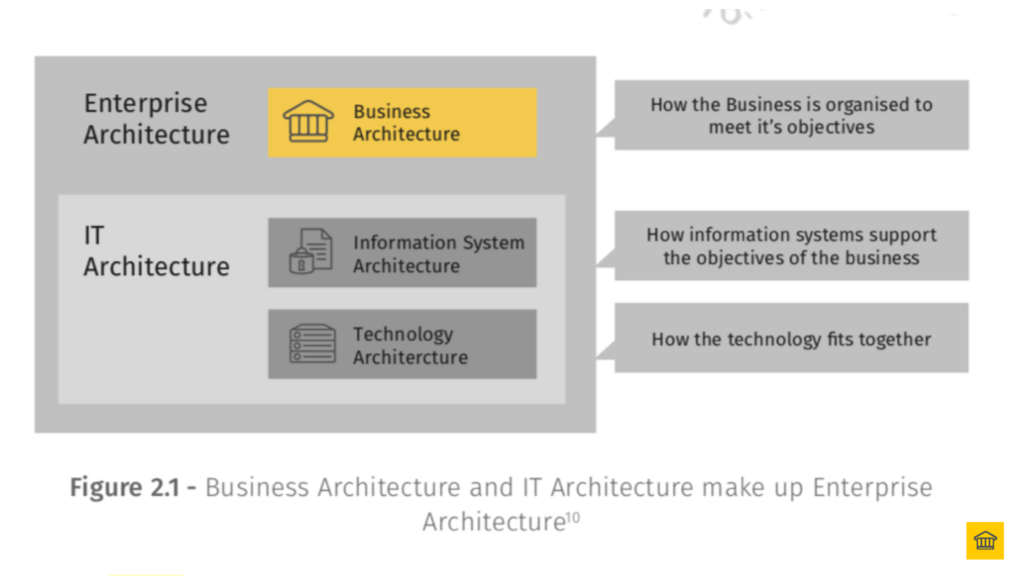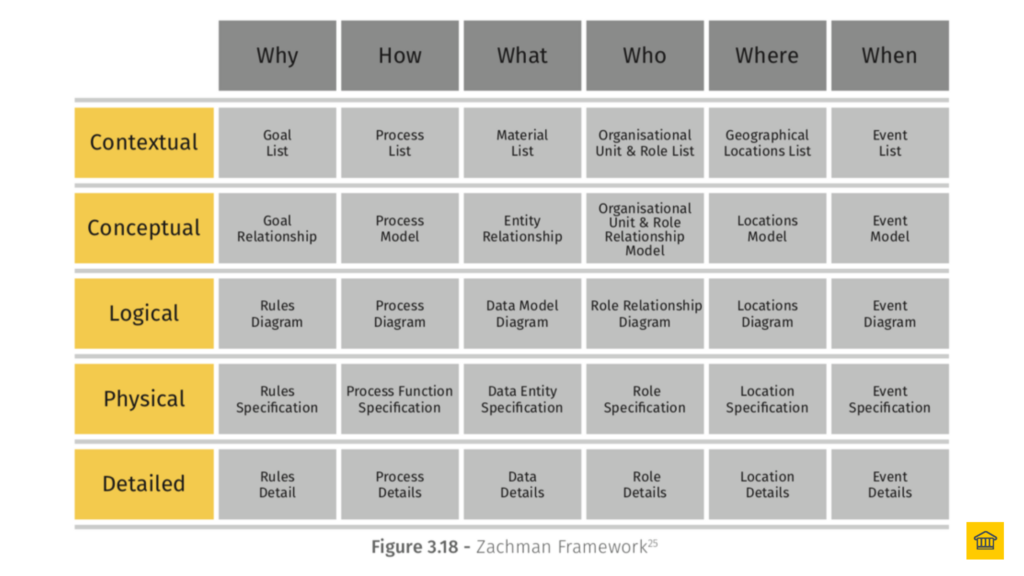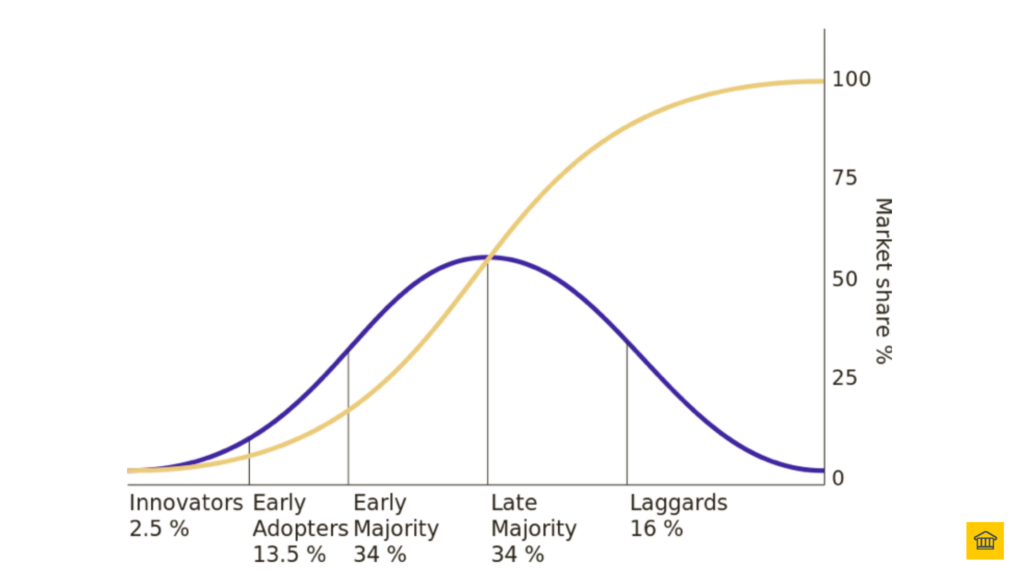Welcome to our exploration of the blog post “Who Owns the Purse Strings?” by Hoba Tech. This insightful piece delves into the critical realm of business transformation, with a particular emphasis on the role of ownership in the process. The post provides valuable insights into the causes of failure in business transformation projects and offers a structured process and framework to guide businesses towards successful transformation.
A key highlight of the post is the development of the HOBA (House of Business Architecture) framework, which is touted as the world’s first and only business-led agile business transformation framework. The post aims to empower businesses to take control of their transformation and successfully implement their Target Operating Model (TOM).
Heres what we’ll cover (click on the links to skip to the section below)
NB – click to expand images 📸
How do you transform your business?
Business transformation involves a change in how companies deliver their products and services to their clients and markets.
…but there are a few misconceptions.
Business Transformation vs. Digital & Technology Transformation
Business transformation might include the integration of new digital technologies. However, business transformation is not “digital or technology transformation”.
Business Transformation vs. Digital Transformation
In a previous blog post, we discussed that digital transformation involves a business that is using or adopting new technology or digital technologies, to change the way the business operates.
Just to clarify, digital technologies don’t transform.
Instead, ‘business’ transforms through using digital technologies.
In another blog post, we gave an example of a Home Office UK that processed Visa applications.
Its business transformation included a transition from a paper-based business model to an online or digital business model. What the Home Office UK does hasn’t changed, but how it provides its service has become more digitalised.
They implemented scanning solutions, digital documentations and streamlined business processes to further remove paper from the process.
Business Transformation vs. Technology Transformation
In recent years, business transformation has been taken over by tech-related conversations.
The technology world is filled with acronyms and ‘superlatives’ that are intended to impress others.

6-Steps to Business Transformation Success
WHAT THE TOP 30% OF ORGANISATIONS KNOW THAT YOU DON’T 👉

👏 "Business transformation is not just a change, it's a journey. Embrace it with ownership and control." 🚀 #BusinessTransformation #HOBA
Heath Gascoigne Tweet
In truth, most people don’t understand these terms and speakers only impress themselves.
This is illustrated by the rise of TOGAF or The Open Group Architecture Framework which we discussed in-depth in a previous post.
For starters, TOGAF views Business Architecture as a single phase.
It doesn’t see Business Architecture as a discipline, methodology or framework for a business transformation. Instead, it emphasizes the use of the technology-side, rather than the business-side.
Here’s a figure that illustrates what I mean:
Another popular framework is the Zachman Framework.
For those unfamiliar with the Zachman framework, it’ is divided into 2 parts – columns (representing perspectives, views or viewpoints), and rows (representing the ‘total view’ of the architecture), as shown in the figure below:
Although Zachman is referred to as an Enterprise Architecture ‘framework’, it is not a framework per se.
Instead, it is a taxonomy on how to classify different elements or deliverables of an Enterprise Architecture.
Technology vs. Business Architects
There are many Technology Architects that masquerade as Business Architects.
Let’s clarify a few things….
An ‘Enterprise-Business-Architect’ who is only responsible for the ‘tech’ aspect of the business is not a real Business Architect.
Instead, they are a Technology Architect.
They are only responsible for the Technology Architecture in the Enterprise or Organisation.
This isn’t bad per se, but technology-focused transformations dictate tech needs, which aren’t exactly what the business needs.
Technology Architecture is looking at the Business through a ‘technology’ lens. This means business concepts, issues or concerns aren’t seen through the ‘business’ lens.
As a result, 70% of business transformations fail.
So, who owns the purse strings?
Who’s controlling or influencing the money? You might be inadvertently pulled off in the wrong direction if you’re not careful.
Technology stakeholders are notorious for “chasing the shining object” or the next latest tech.
In Everett Rogers Diffusion of Innovation framework, technology stakeholders fit at the extreme left hand side. They are innovators and early adopters.
The illustration below describes diffusion as the process by which an innovation is communicated over time among the participants in a social system.
The Problem With Early Adoption
We hear a lot of early adoption success stories from tech giants (and unicorns) like Uber, Airbnb and SpaceX.
There’s a lot of pros with being the first to use “the next big thing” but it can be dangerous for your business.
While innovators want to change the world, early adopters on the other hand, are willing to put themselves at risk to try something new.
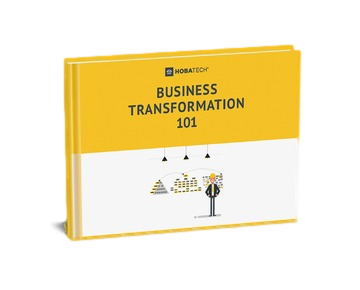
👏 "The HOBA framework - the world's first and only business-led agile business transformation framework. Leading the way in business transformation." 🌐 #HOBA #BusinessAgility
Heath Gascoigne Tweet
Unfortunately, technology changes at a very fast pace so the benefit of being an early adopter gradually declines.
Companies can’t play catch up with new technologies as it becomes available, and they shouldn’t.
In fact, a study by Statistic Brain on the Startup Business Failure Rate by Industry found that the failure rate of all U.S. companies after five years was over 50 percent, and over 70 percent after 10 years.
This means that for every tech unicorn that became a giant, there are a lot of other businesses that we’ve never heard about – because they failed.
For example…
We’ve all heard about the hype for bitcoins and cryptocurrencies.
A lot of people believed it was the future, but Bitcoin crashed in 2018. It lost over 700 billion in value!
Bitfi – an unhackable wallet for cryptocurrency – was hacked by a mere 15-year old boy and had a lot of red flags.
In 2012, Google introduced Google Glass as the wearable computer of the future.
Fast forward to 2018 and Reuters reported that key Google employees instrumental to its development had left the company in the last six months.
While early adoption is necessary for developing technologies to thrive and improve, a lot of businesses can’t risk failure.
Integrating technology into your businesses’ operations is expensive, and what happens when the technology falls flat?
What happens next?
If you’re wondering why your business or digital transformation might be struggling, you’re throwing more money, more resources, more bodies, more tech at it, and it’s not going any faster? You know why.
You need a framework that was designed with the Business, for the Business, to be used and owned by the Business, that takes back control from Technology and back into the Business’ hands.
You need a framework that is holistic and includes both Technology AND Business Architecture, and is aligned to the industry best practised TOGAF, Zachman, SAFe, Scrum and waterfall project management, and are business-led.
Fortunately, you can check out HOBA® – our business transformation framework that’s designed for the business and owned by the business.
Looking for the Best Training to deliver your Business Transformation? Search no more!
- 30-Day Money-Back Guarantee
- Risk FREE

👏 "Business transformation is not just a change, it's a journey. Embrace it with ownership and control." 🚀 #BusinessTransformation #HOBA
Heath Gascoigne Tweet
Conclusion
In the blog post “Who Owns the Purse Strings?”, HOBA Tech underscores the significance of business transformation and the role of ownership in the process.
The post provides valuable insights into the challenges faced by organisations seeking transformation and offers a structured process and framework to guide businesses towards successful transformation.
The development of the HOBA (House of Business Architecture) framework, the world’s first and only business-led agile business transformation framework, is a key highlight.
The post aims to empower businesses to take control of their transformation and successfully implement their Target Operating Model (TOM).
As we wrap up, it’s clear that business transformation is not just about change, but about ownership, control, and the right framework. HOBA Tech, with its expertise in business transformation, offers solutions to the common challenges faced by organisations in their transformation journey.
To learn more about HOBA Tech and how they can help your business transform successfully, visit our website. If you’re interested in discussing how Hoba Tech can assist your business, feel free to contact us.
Thank you for reading this!
Sincerely,
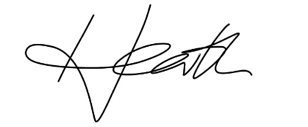
Heath Gascoigne
P.S. If you want to join our Business Transformator community of like-minded Business Transformators, join the community on the Business Transformator Facebook Group here.
P.P.S. If you want to learn more about the world’s only business-led business transformation framework, check out The Business Transformation Playbook here.
For more information, visit https://hoba.tech


